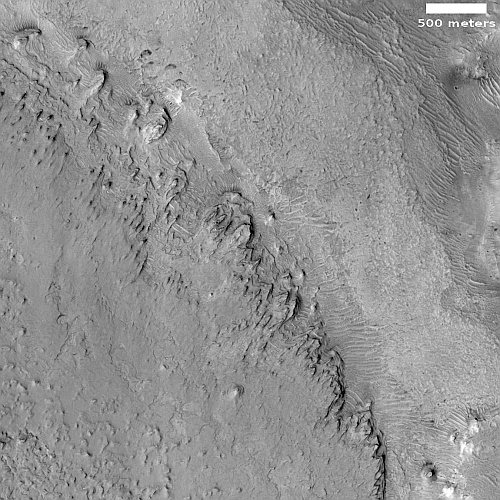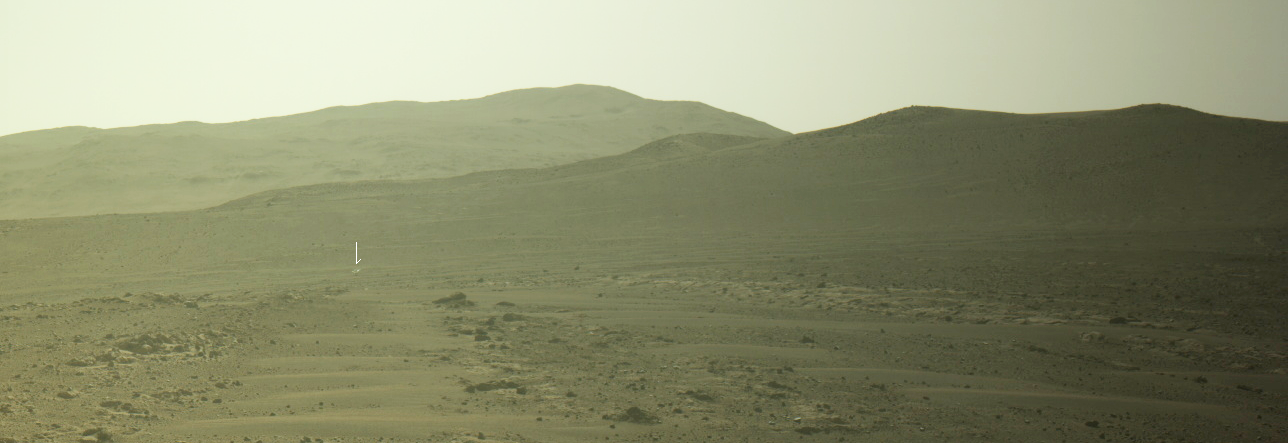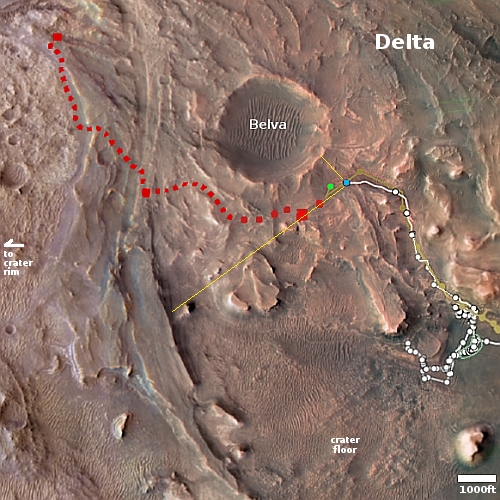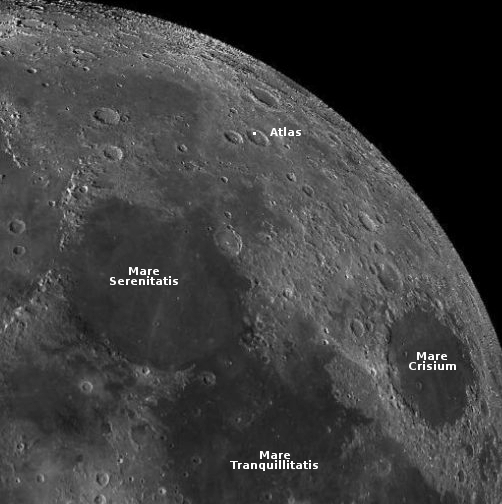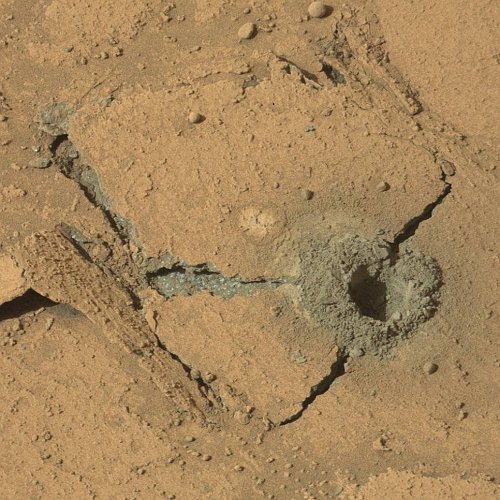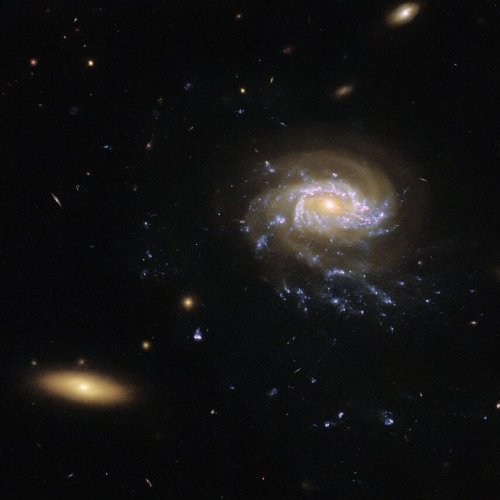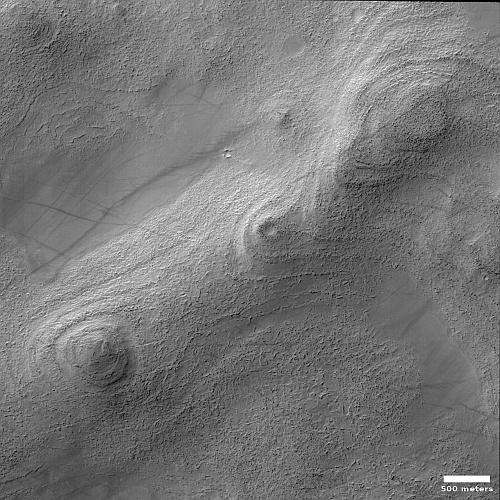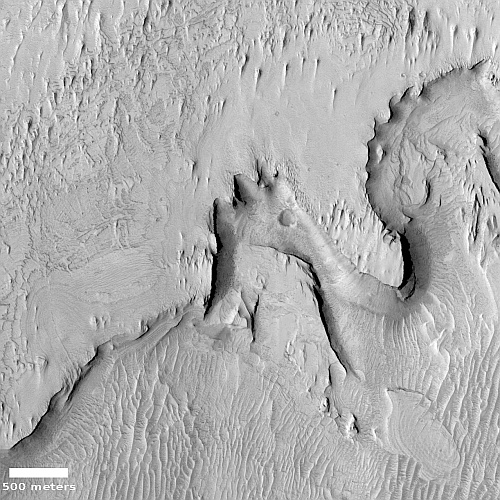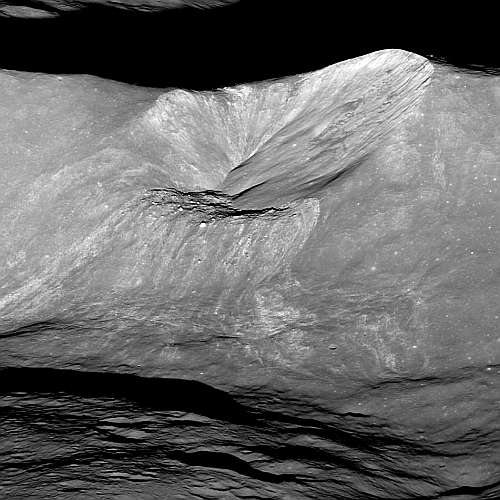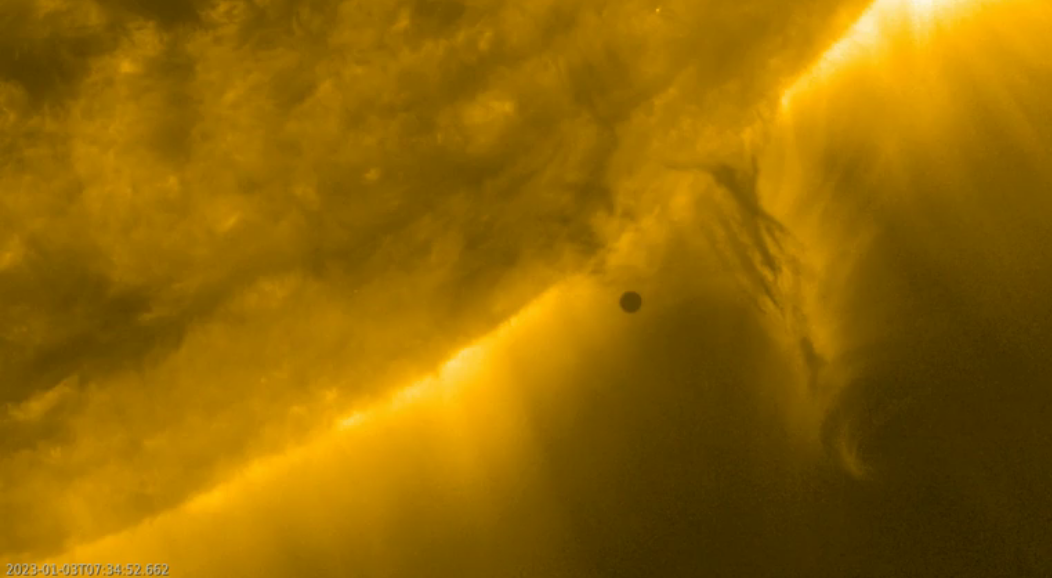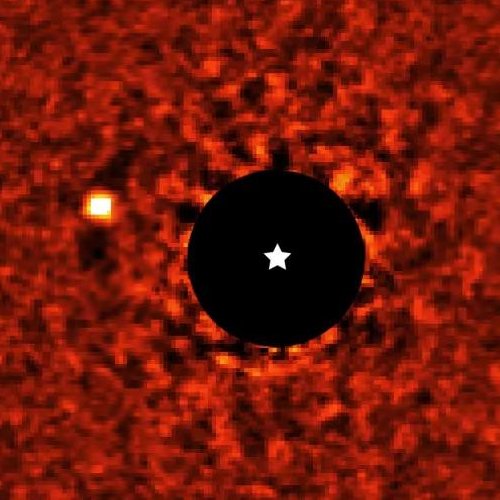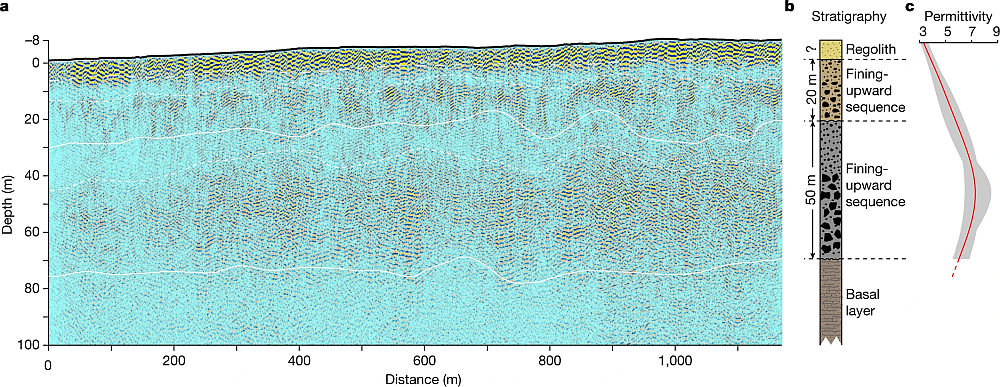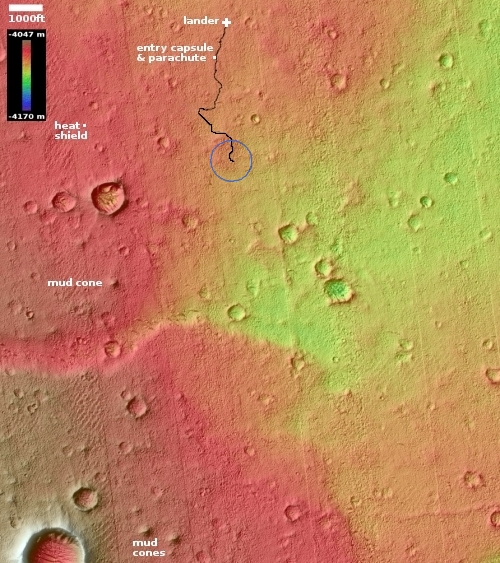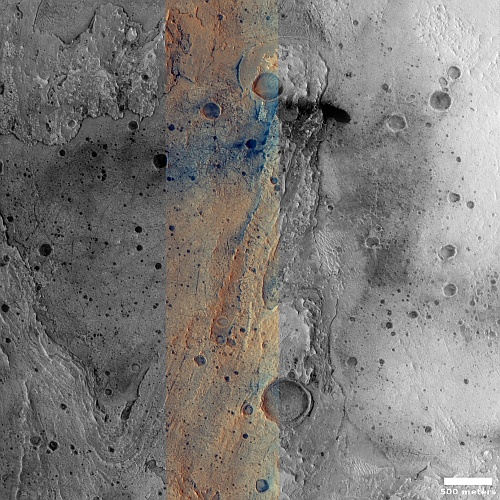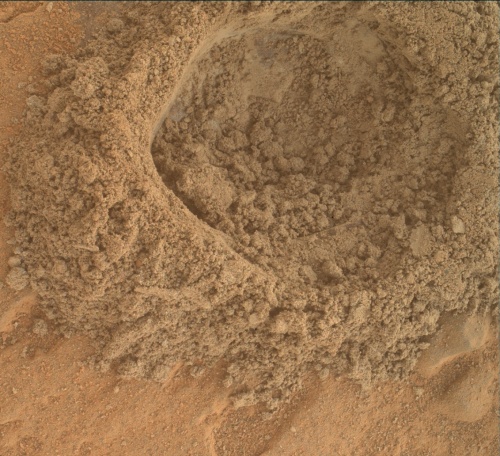A Russian Mars airplane?
According to Russia’s state run press, a team of engineers at the Moscow Aviation Institute (MAI), working in partnership with engineers from India, are developing a fixed-wing robotic airplane for use on Mars.
The work on the Marsoplane began in April 2022 after the funding request was approved by the Russian Science Fund. Karpovich believes that the team of scientists will be able to successfully test the technology demonstrator by the end of next year. “By the end of 2024, the Russian side will have to publish ten articles, build and successfully test the technology demonstrator,” she said. [emphasis mine]
It would be nice if this project succeeded but do not get your hopes up. Note the emphasis on the number of papers published. This indicates the goal of this project is not actually building this airplane, but to maintain the careers of its engineers here on Earth. In fact, the whole article has this feel, which by the way is consistent with almost all Russian space projects for the past two decades. Lots of talk, some engineering tests, but nothing real ever gets built that actually flies.
According to Russia’s state run press, a team of engineers at the Moscow Aviation Institute (MAI), working in partnership with engineers from India, are developing a fixed-wing robotic airplane for use on Mars.
The work on the Marsoplane began in April 2022 after the funding request was approved by the Russian Science Fund. Karpovich believes that the team of scientists will be able to successfully test the technology demonstrator by the end of next year. “By the end of 2024, the Russian side will have to publish ten articles, build and successfully test the technology demonstrator,” she said. [emphasis mine]
It would be nice if this project succeeded but do not get your hopes up. Note the emphasis on the number of papers published. This indicates the goal of this project is not actually building this airplane, but to maintain the careers of its engineers here on Earth. In fact, the whole article has this feel, which by the way is consistent with almost all Russian space projects for the past two decades. Lots of talk, some engineering tests, but nothing real ever gets built that actually flies.

